Which non-palm subtropicals are you using to push those zones?
User
11 years ago
Related Stories
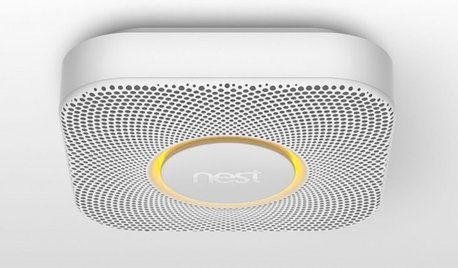
HOME TECHBetter, Smarter Smoke Detectors Push All the Right Buttons
No more bashing in that smoke detector with a broomstick at 3 a.m. — if you haven't already yanked it out. Welcome the new, civilized breed
Full Story
LANDSCAPE DESIGNCelebrate a Sunny Climate With the Right Leafy Palm for Your Site
So you get freezes or floods. So your garden is small. These palms send excuses riding off into the tropical sunset
Full Story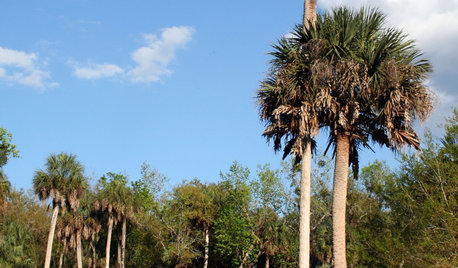
TREESGreat Design Plant: Sabal Palm Enchants in Balmy Sites
Towering and tolerant, this tree blends in, stands out and happily stars in vacation photos
Full Story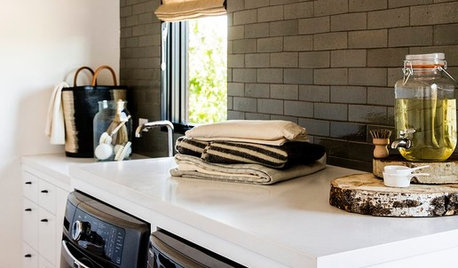
HOUSEKEEPINGClean Up Your Cleanup Zones
Make chore time more pleasant by tidying up your laundry room and updating cleaning tools
Full Story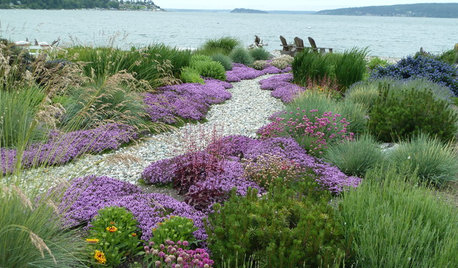
PLANTING IDEAS7 Ways to Use Drifts and Masses In Your Garden
Whether in formal or natural landscapes, grasses or succulents planted en masse elevate the garden
Full Story
HOME TECHHow Smart TV Will Change Your Living Room
Get ready for the future of TV, in which your living room becomes a movie set, a communication hub and a gaming zone
Full Story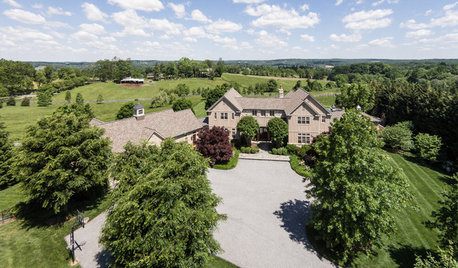
HOME TECHThe Inevitable Future of Drones Around Your Home
As Google joins the push for airborne deliveries, it seems only a matter of time before neighborhoods are buzzing with drones. Is that OK?
Full Story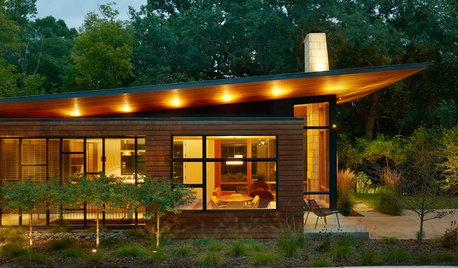
MODERN HOMESHouzz Tour: A Thoroughly Modern Minneapolis Retreat
Palm Springs meets Frank Lloyd Wright meets Minnesota in this midcentury-inspired home
Full Story
KITCHEN DESIGNKey Measurements to Help You Design Your Kitchen
Get the ideal kitchen setup by understanding spatial relationships, building dimensions and work zones
Full Story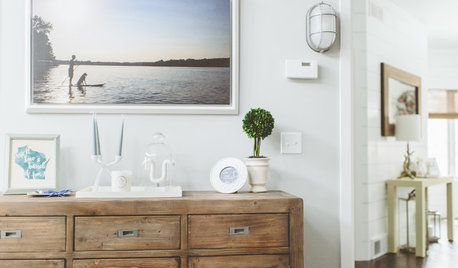
DECORATING GUIDESStep Away From the Wallpaper: Why Decorating Risks Are Overrated
Want to find your signature style? Try staying inside your comfort zone
Full StoryMore Discussions






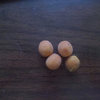
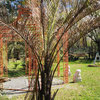
denninmi
islandbreeze
Related Professionals
Carson Landscape Architects & Landscape Designers · Milwaukee Landscape Architects & Landscape Designers · Woodinville Landscape Architects & Landscape Designers · Maple Heights Landscape Architects & Landscape Designers · Broadlands Landscape Contractors · Desert Hot Springs Landscape Contractors · Mercedes Landscape Contractors · New Providence Landscape Contractors · San Antonio Landscape Contractors · San Bruno Landscape Contractors · Sugar Hill Landscape Contractors · Baileys Crossroads Landscape Contractors · Columbia Window Contractors · Eastvale Window Contractors · Oxnard Window Contractorsus_marine
tropicalzone7
statenislandpalm7a
UserOriginal Author
islandbreeze
denninmi
Jeff Ashenfelter
bradleyo_gw
tropicalzone7
us_marine
us_marine
denninmi
UserOriginal Author
denninmi
wetsuiter
Central_Cali369
tropicalzone7
jimhardy
UserOriginal Author
wetsuiter
jacklord
jacklord
UserOriginal Author
MidnightStorm